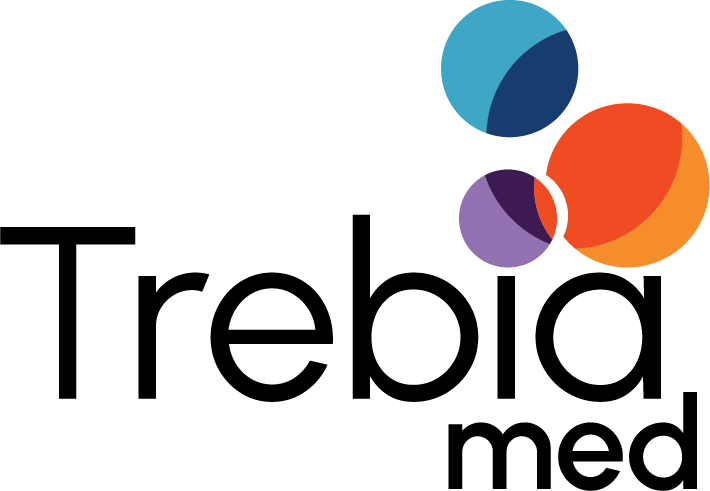November 15, 2023
Navigating the New Terrain of Drug Rebates Post-American Rescue Plan Act The American Rescue Plan (ARP) Act of 2021 is set to initiate a paradigm shift not just in Medicaid rebates but across the entire spectrum of pharmaceutical rebates. This legislative change is expected to ripple through the healthcare industry, altering the dynamics of drug pricing and manufacturer rebates in a way that stakeholders must carefully navigate. The end of rebate cap: a broader perspective The ARP Act's removal of the statutory cap on rebates that drug manufacturers pay marks a seismic shift that extends its tremors beyond Medicaid, affecting the entire pharmaceutical rebate ecosystem. With the removal of the cap. manufacturers will face a new financial reality where the potential for rebate payments could exceed the previous 100% average manufacturer price (AMP) limit, compelling a reevaluation of pricing strategies across manufacturers. This policy change is expected to incentivize manufacturers to prevent price hikes beyond inflation rates, as any significant increase could lead to a proportionally larger rebate obligation. The industry must now prepare for a more complex rebate negotiation process, as payers may expect greater flexibility, concessions, and lower AMP considering the uncapped rebate potential. This will lead to lower rebate payments for those adjusted AMP products. The ripple effect on brand drugs: an industry-wide impact The uncapping of rebates is poised to have its most pronounced effect on brand drugs, particularly those with high list prices or those that have historically been at the AMP rebate cap. For manufacturers, this could translate into a steep increase in rebate liabilities, potentially reshaping the profitability landscape for certain high-cost drugs. The broader impact on the market could lead to increased competition among manufacturers to avoid the high rebate costs, possibly driving down drug prices overall. Stakeholders across the healthcare system, including pharmacies, insurers, and patients, will need to stay informed as these pricing changes could affect everything from formulary decisions to out-of-pocket costs. Proactive measures by manufacturers: a strategic shift In response to the ARP Act, manufacturers are likely to explore various strategies to mitigate increased rebate liabilities, such as adjusting list prices and exploring alternative pricing models. Lowering list prices, while maintaining overall net cost, could become a common approach to manage the balance between maintaining market share and controlling rebate expenses. Manufacturers are also considering restructuring their discount programs, potentially leading to a reduction in the volume of discounts offered to maintain a sustainable Best Price. The industry could witness an increased focus on value-based pricing agreements, where reimbursement is tied to patient outcomes rather than volume, to navigate the updated rebate landscape. Looking ahead: preparing for a new era of rebates The ARP Act's AMP cap removal is set to ripple through the rebate system, impacting Medicaid and beyond, marking a transformative period in the pharmaceutical industry. As the industry approaches the January 2024 threshold, it is imperative for all stakeholders, including manufacturers, healthcare providers, and payers, to grasp the full scope of these changes. The healthcare sector must remain agile, strategic, and proactive to successfully navigate the new financial landscapes that will emerge from this significant policy shift. The coming years will likely see a period of adjustment as the market responds to the new pricing and rebate structures, with long-term implications for drug pricing, market competition, and patient access.


